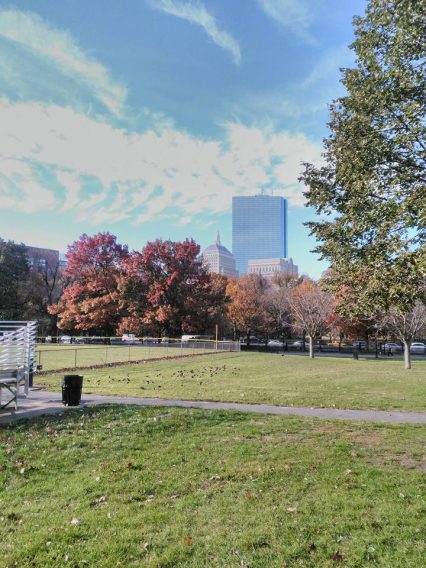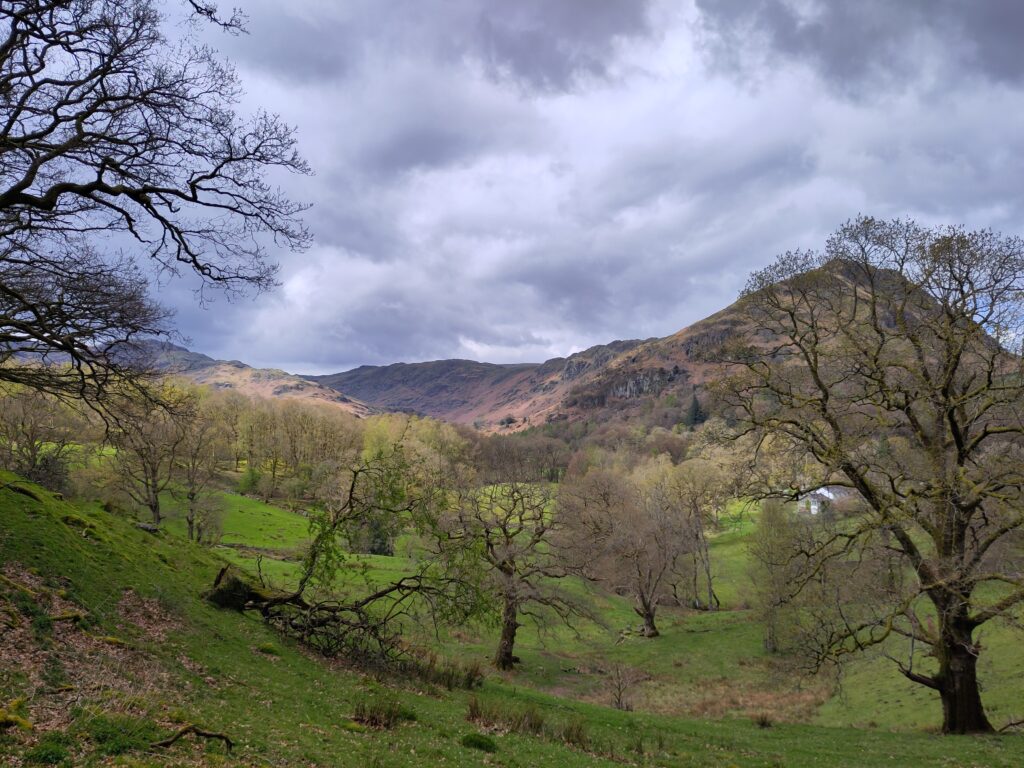 This November, I went to the American Academy of Religion (AAR) conference for the first time. I went on behalf of the Centre for Research in Quaker Studies and to support my own academic work, and had an amazing – and overwhelming and frustrating and fascinating – experience.
This November, I went to the American Academy of Religion (AAR) conference for the first time. I went on behalf of the Centre for Research in Quaker Studies and to support my own academic work, and had an amazing – and overwhelming and frustrating and fascinating – experience.
There are some conferences where most people who attend have roughly the same experience. If there are only twenty attendees, they tend to stay together all day. Even if there are a hundred attendees, they typically come together for several sessions. The AAR has thousands and thousands of people, and because of that difference of scale, there were several people there whom I already know, but never saw at all. It’s more like a pick-and-mix board of possible events than a single conference. In this blog post, I’m going to pick out some highlights of my experience, but other people who were there might have had no contact with these at all.
Breakfasts
Between my jetlag and my natural inclination to be an early riser, evening receptions were out – but AAR is an almost 24 hour event, and I was able to start most days with a breakfast meeting. One day I met a friend who was a few years ahead of me at the University of Leeds, and we caught up and hashed out some ideas for possible collaborations. On the first main day of the conference, I went to the New Member’s Reception, which was a breakfast event with time to meet people but also some presentations from the people involved in running the AAR. One of the effects of those was to hammer home how huge the event is. I didn’t find that this particularly helped to orientate me but at least I knew why I was disorientated! On Sunday, I started the day with the University of Birmingham’s breakfast. It seems ironic to go all that way to meet people who work just down the road from me – but it might be worth it just for that, since I don’t often see them in person here. It also allowed several of our international students (and former students and friends) to see us and catch up, and meet students from other parts of the department, too.
Giving papers
For me, this was perhaps the most satisfying part. I gave two papers at AAR. One was about the role of silence in interfaith work and multiple religious belonging, describing some possibilities but also some ways in which it might go wrong. The other was about British Quaker theology, and where how the concepts which were applied in deciding to conduct same-sex marriages might play in relation to other issues. Both got really good questions and discussion going afterwards. The highlight of the first one was probably meeting the chair of the session – Catherine Cornille, a senior scholar whose work I used extensively in my PhD research and whose ideas had in some ways influenced my paper. The highlight of the second one was probably the respondent, whose job it is to ask thoughtful and insightful questions. That’s harder than it sounds, and Sa’ed Atshan was amazing, getting right to the heart of issues which had been skimmed over and not addressed in all the papers.
an amazing – and overwhelming and frustrating and fascinating – experience.
New research
It’s almost too obvious to say – one of the main reasons for going to a conference like this is to learn things. I learned all sorts of things, some of them nothing to do with religious studies, but I also heard some papers which addressed questions I have been interested in for years (23% of people in the Netherlands have some level of multiple religious belonging, and the most common combination is Christianity and Buddhism, according to a paper by Joantine Berghuijs), and had conversations which opened up questions I didn’t even know existed (what would a Wesleyan aesthetics of education be like?)
Corridors and dinners
The formal parts of a conference are only one part of the story. There are also the chance encounters – the person I used to work with, the person who once interviewed for the same job I wanted (neither of us got it), and the person who happened to be getting on the same subway train. And there are the people I knew a little bit, perhaps distantly or by email, whom I’ve now really met properly, had dinner with, hung out with, talked politics with, in a way which – even when the technology exists to make it possible – we don’t typically take the time to do until being in the same place makes it easy and natural.
Overall, attending AAR was a very special opportunity – something I’d heard of, but never really expected to go to. The knowledge and contacts which I’m bringing home, symbolised by pages and pages of notes on one hand and a pile of business cards on the other, will shape my academic community and work for years to come.



